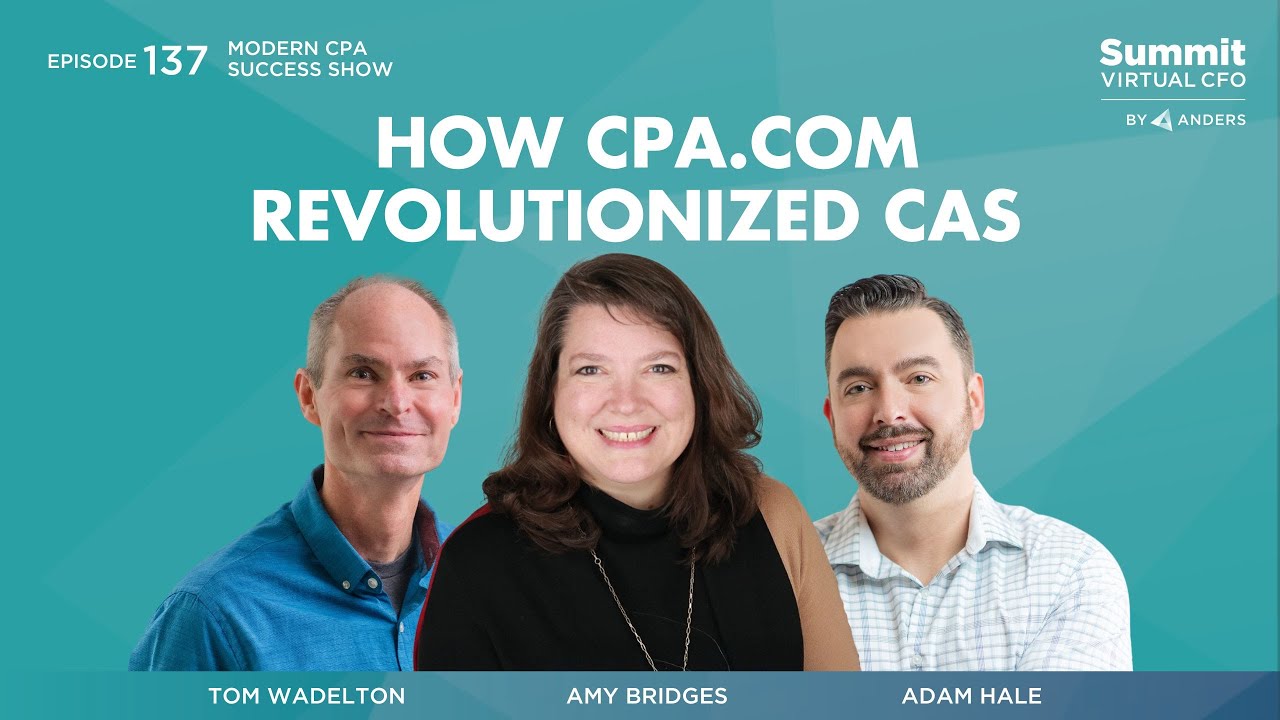Onboarding: It’s all about first impressions.
You've done a great job in the sales process, you've sold the client on your ideology and how you're going to help them. Then it’s time to get started. If you get a flat tire during those first couple of weeks, it's going to resonate through the entire working relationship. You're never going to be able to win back that trust.
So, here's an opportunity for you to just get off on the right foot and get things rolling. What it's going to require, though, is setting expectations with the client. That means creating a process. You can't just say, “Hey, great, it's all going to be custom solutions, and I'm just going to walk in and do what the client needs me to do because they told me they need this and they need that.”
You're going to have to create a process, whether it lasts one week or ten. You want to have things that are just table stakes that you have to get done during that timing. That will enable you to set timing expectations with the client.
Accounting Client Onboarding Overview
In our sales process, we tell people the onboarding phase takes about 6 to 8 weeks. When we do the kickoff, we explain the two activities we cover: an-1.jpg?width=538&height=336&name=Blog%20Post%20Template%20(9)-1.jpg) accounting discovery and an advisory discovery.
accounting discovery and an advisory discovery.
During the accounting discovery we take a look at a client’s books. Everyone says my books are in good shape and few of them are right, so this is our chance to break the news if they are a disaster.
The advisory discovery is learning about the client and setting yourself up to be a good consultant. We want to understand: right? How much are they trying to grow? What are their struggles?
Then, usually after about three weeks or so, we'll take what we learned in the two discoveries and give specific dates for the next steps: Here’s what we learned, so here’s when we’ll have your forecast, your pipeline and your chart of accounts done.
Giving the client these dates also helps them realize that they need to provide the relevant information, in order to get the results they want in a timely manner. If they are asking for “D” but first you need A, B and C, onboarding is your chance to explain that and motivate them to get more involved. If it takes us three weeks to get access to Quickbooks, this is a chance to help clients understand the other deliverables will be delayed as well. There are times when onboarding takes longer than 8 weeks. Having completed these discovery steps helps us communicate why it may take longer and sometimes offer options.
Some accounting firms may try to collect client information before an engagement letter is ever signed, for example, through a questionnaire; we do our discovery during onboarding. Whichever way you go, make sure you have enough information to deliver what you’ve promised in the timeframe you’ve promised.
Creating a Client Onboarding Process
Onboarding is not one-size-fits all. A lot of it will be trial and error. We’ve evolved and changed our process over the course of 15+ years, and it’s still a work in progress. One way to accelerate your learning curve, however, is to do a post-mortem; a bookend to your kickoff call should be an “off-boarding” call: a realignment during which you set the stage for the next phase and you get feedback on how the onboarding experience was for them.
In our off-boarding call, we restate our communication policy: for example, we respond to requests within the same day — if not the answer to the question, at least an acknowledgment.
One of the benefits of setting an off-boarding meeting is that you force yourself to define what the “end” means: You can show the client that “done” means clean financials, a cash flow forecast, a financial statement, pipeline analysis, etc. Once you show them everything you delivered, they can expect that whatever comes after that will be part of the normal, recurring service.
Staffing the Client Onboarding Team in a Small CPA / CFO Practice
The bigger the firm, the easier it is to allocate resources to onboarding, but even small CFO or CPA practices should lean on this powerful client retention tool: Think of it as long-term investment that will ultimately streamline your workflow, improve the client experience and — by creating clear expectations — prevent scope creep.
If you're a six person team, you're probably not going to have the entire team dedicated to this new client. Our main recommendation is to focus the team on a single deliverable — first accounting then advisory, for example — rather than dividing and conquering (we tried this, and it wasn’t effective).
That said, you want a project manager, someone who keeps the team on task and serves as the point of contact with the client, sending weekly email updates with progress and blockers that they need to address. That role might go to a senior accountant with strong communication skills. But our experience shows the benefit of having an office manager or administrator fill that role; a non-technical project manager can be a real asset to a team, since they won’t get lost in the weeds.
Take someone who is hyper-organized, empower them to communicate between the team and client, and give them the authority to keep the team on task. If the team promises the client something and it’s late, the project manager is the one to check on the hold-up, explain it to the client, and figure out when it will be back on track.
In our case, we take our onboarding managers and have them serve as a client success manager after onboarding is over. That means they keep the pulse of the relationship: sometimes the team will ask the client success manager to reach out to the client if a meeting doesn’t go well or communication has been problematic. That helps stop problems before they snowball. (Regular client satisfaction surveys can be a good way to handle this, too, but always be sure to follow up if you get a neutral or negative response, otherwise you’re inviting a blowup.)
Bottom line: Invest in onboarding and it will pay dividends
Onboarding should be constantly evolving. It's always on our radar to ask, “How can we do this better?” You only get one chance for a first impression. If you have a client who loves you from the beginning, you can hold onto that (and enjoy the enthusiastic referrals that they send your way). If you do it poorly, you’ll be climbing uphill the entire time. So create a process, focus the entire team on one goal at a time, and then check in with your clients regularly to see where you can improve.
Read more about our onboarding process here:
5 Tips for A Successful Client Onboarding
What is an Onboarding CFO, and Why Do You Need One?
Check out these podcasts on onboarding with members of our team, including our onboarding CFO and client success manager:
Onboarding for Successful Client Relationships
Lessons Learned in Client Onboarding
Mail Call: Answering Your Onboarding Questions
Ready to get serious about creating your onboarding process? Register for our VCFO Playbook Course. Learn more about the course below.
.png?width=120&height=77&name=Summit-Virtual-CFO_color_rgb%20(1).png)














